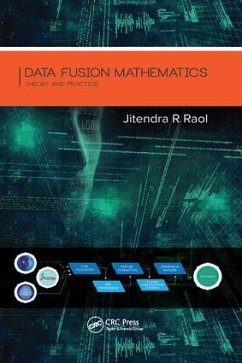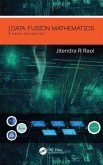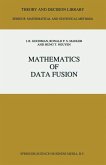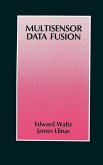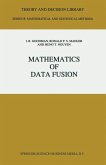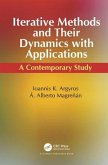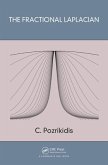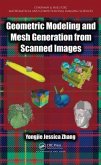Fills the Existing Gap of Mathematics for Data Fusion Data fusion (DF) combines large amounts of information from a variety of sources and fuses this data algorithmically, logically and, if required intelligently, using artificial intelligence (AI). Also, known as sensor data fusion (SDF), the DF fusion system is an important component for use in various applications that include the monitoring of vehicles, aerospace systems, large-scale structures, and large industrial automation plants. Data Fusion Mathematics: Theory and Practice offers a comprehensive overview of data fusion, and provides a proper and adequate understanding of the basic mathematics directly related to DF. The material covered can be used for evaluation of the performances of any designed and developed DF systems. It tries to answer whether unified data fusion mathematics can evolve from various disparate mathematical concepts, and highlights mathematics that can add credibility to the data fusion process. Focuses on Mathematical Tools That Use Data Fusion This text explores the use of statistical/probabilistic signal/image processing, filtering, component analysis, image algebra, decision making, and neuro-FL-GA paradigms in studying, developing and validating data fusion processes (DFP). It covers major mathematical expressions, and formulae and equations as well as, where feasible, their derivations. It also discusses SDF concepts, DF models and architectures, aspects and methods of type 1 and 2 fuzzy logics, and related practical applications. In addition, the author covers soft computing paradigms that are finding increasing applications in multisensory DF approaches and applications. This book: Explores the use of interval type 2 fuzzy logic and ANFIS in DF Covers the mathematical treatment of many types of filtering algorithms, target-tracking methods, and kinematic DF methods Presents single and multi-sensor tracking and fusion mathematics Considers specific DF architectures in the context of decentralized systems Discusses information filtering, Bayesian approaches, several DF rules, image algebra and image fusion, decision fusion, and wireless sensor network (WSN) multimodality fusion Data Fusion Mathematics: Theory and Practice incorporates concepts, processes, methods, and approaches in data fusion that can help you with integrating DF mathematics and achieving higher levels of fusion activity, and clarity of performance. This text is geared toward researchers, scientists, teachers and practicing engineers interested and working in the multisensor data fusion area.
Hinweis: Dieser Artikel kann nur an eine deutsche Lieferadresse ausgeliefert werden.
Hinweis: Dieser Artikel kann nur an eine deutsche Lieferadresse ausgeliefert werden.

